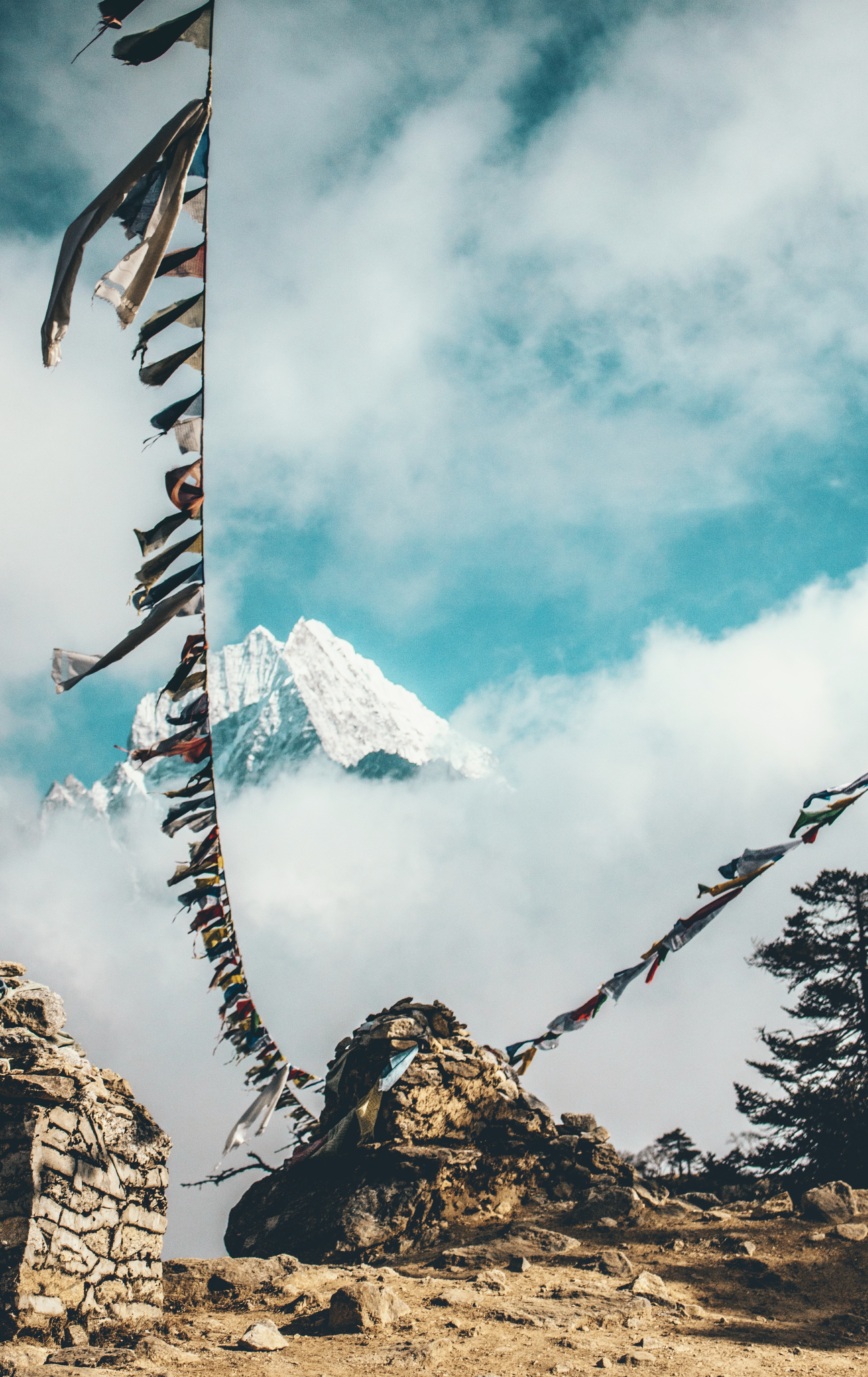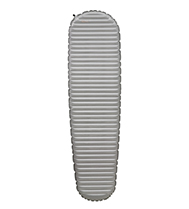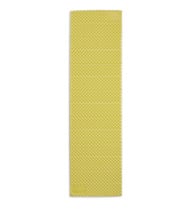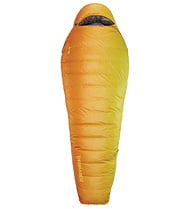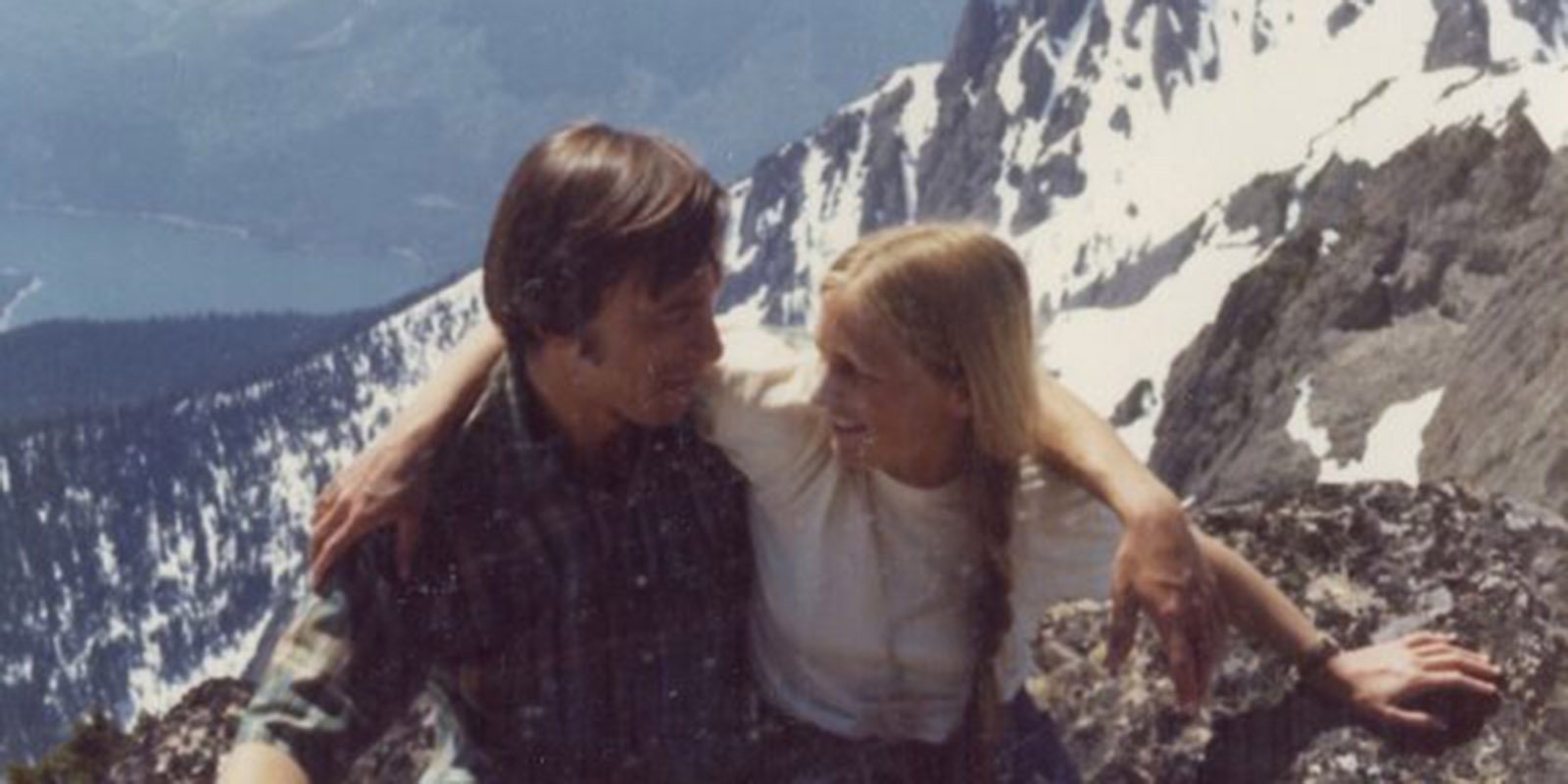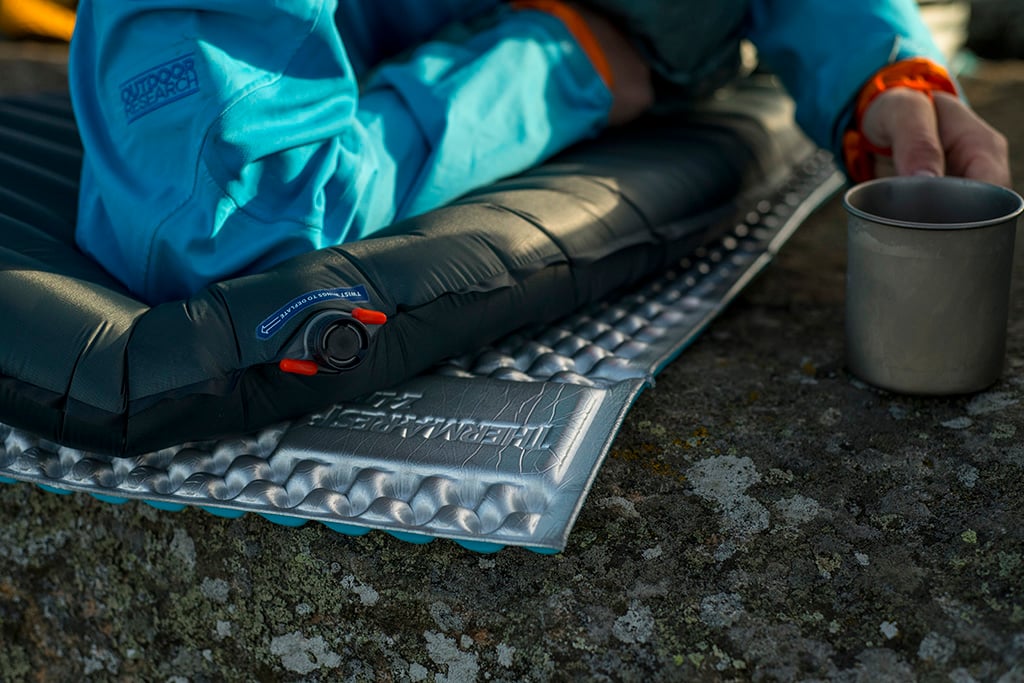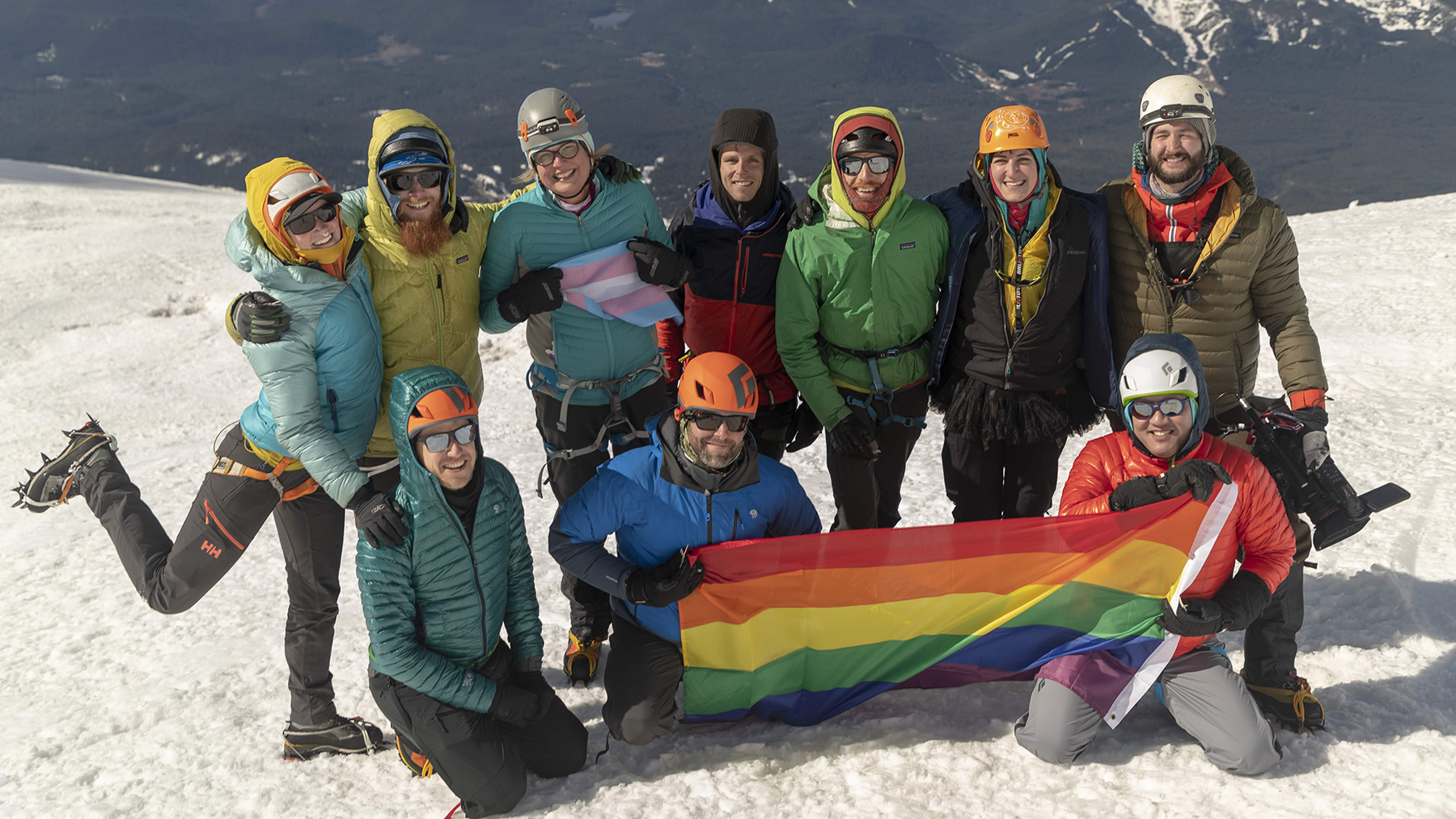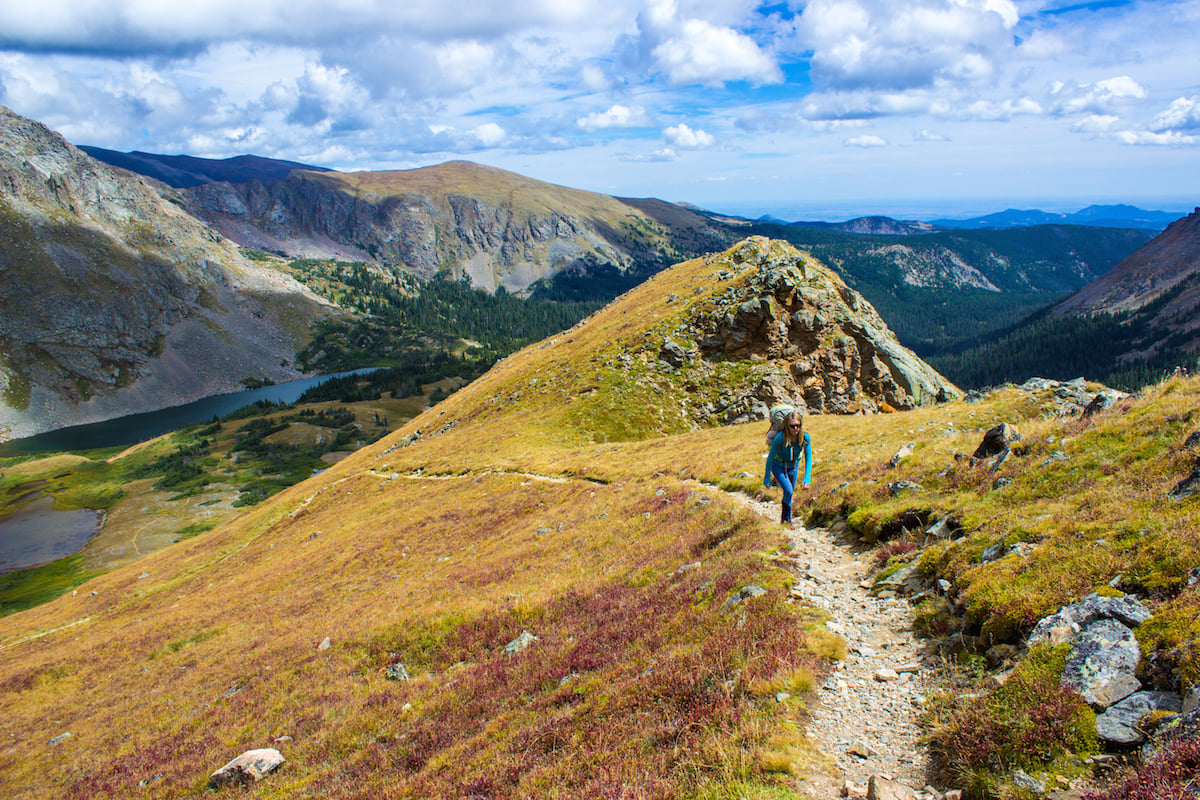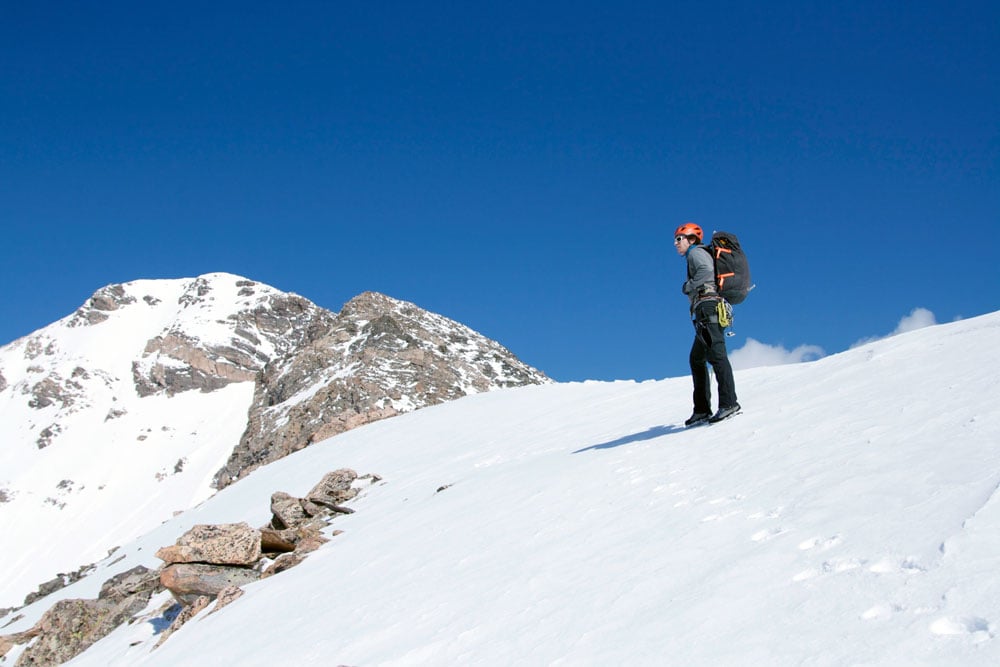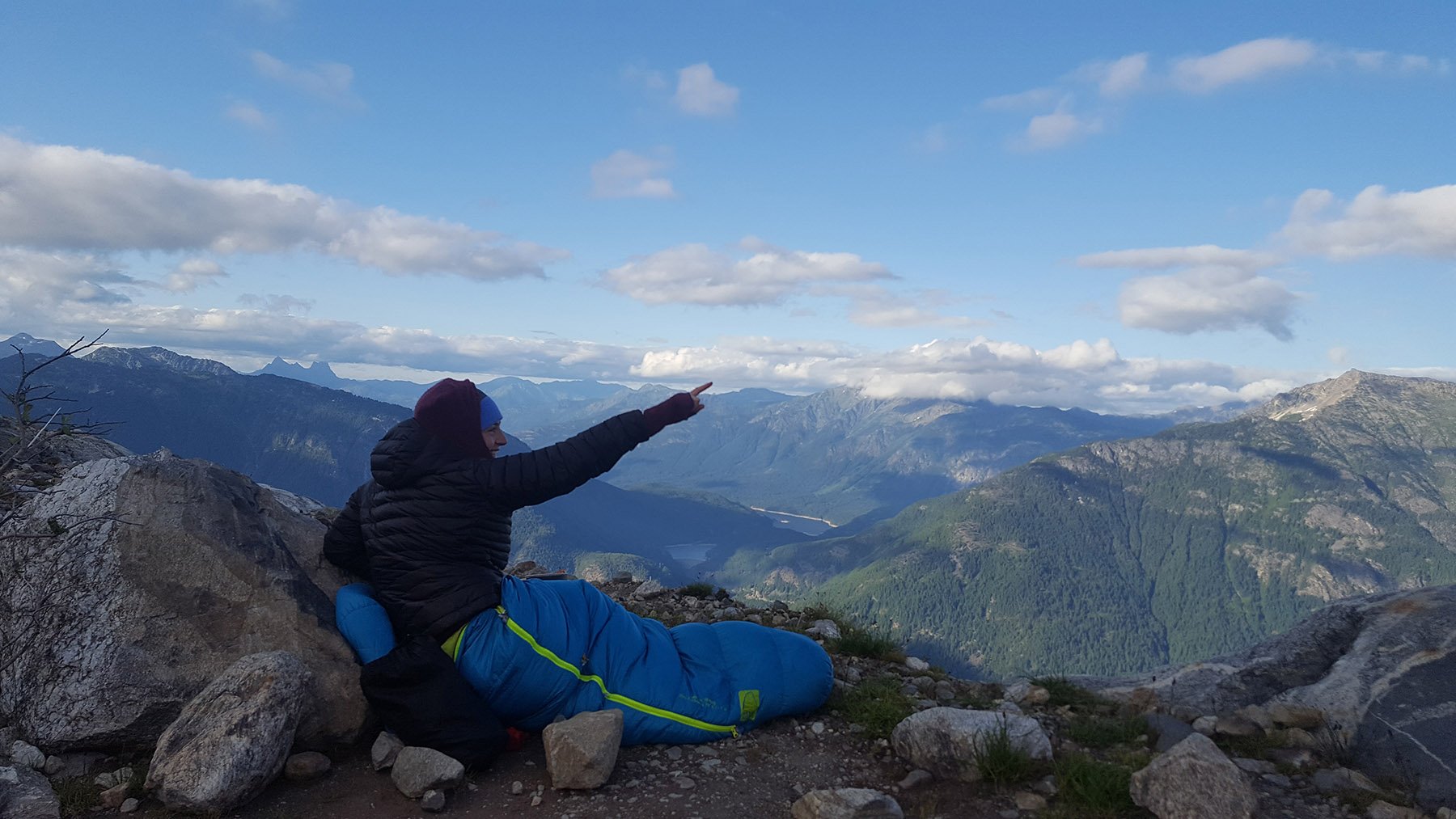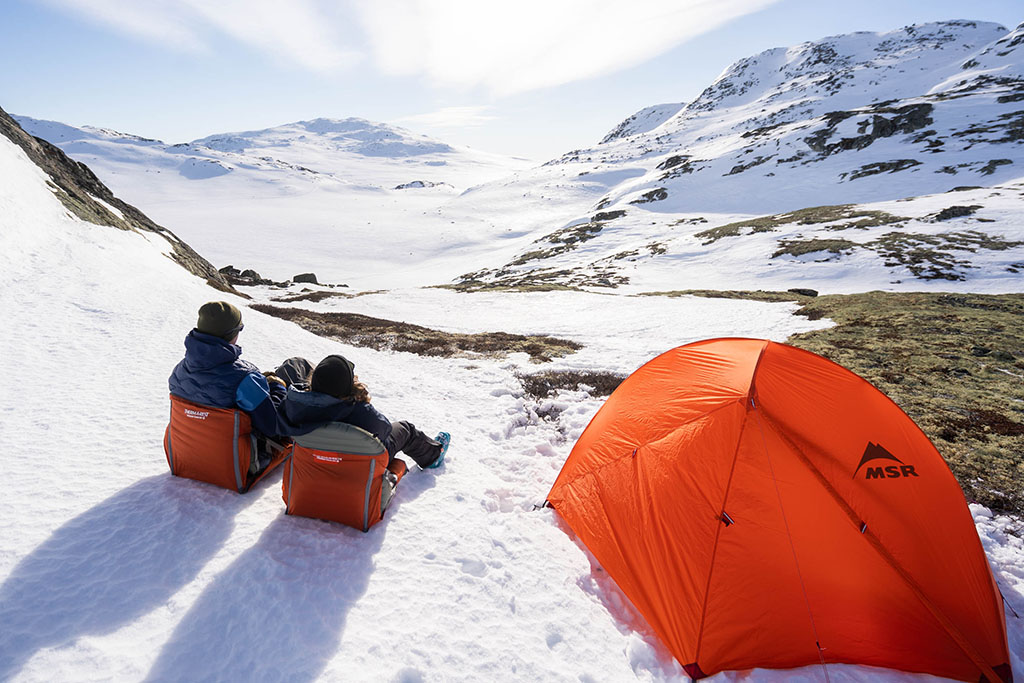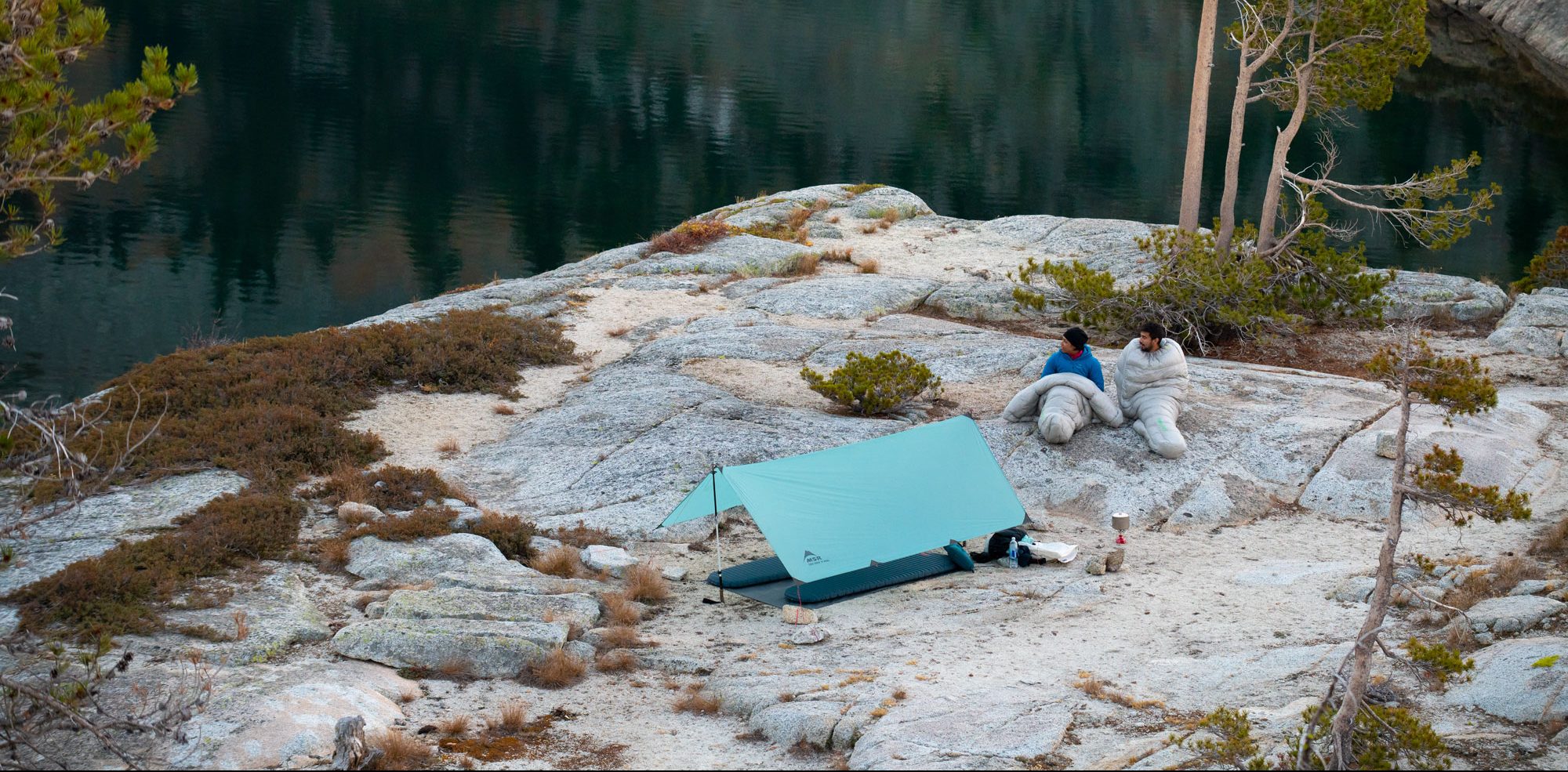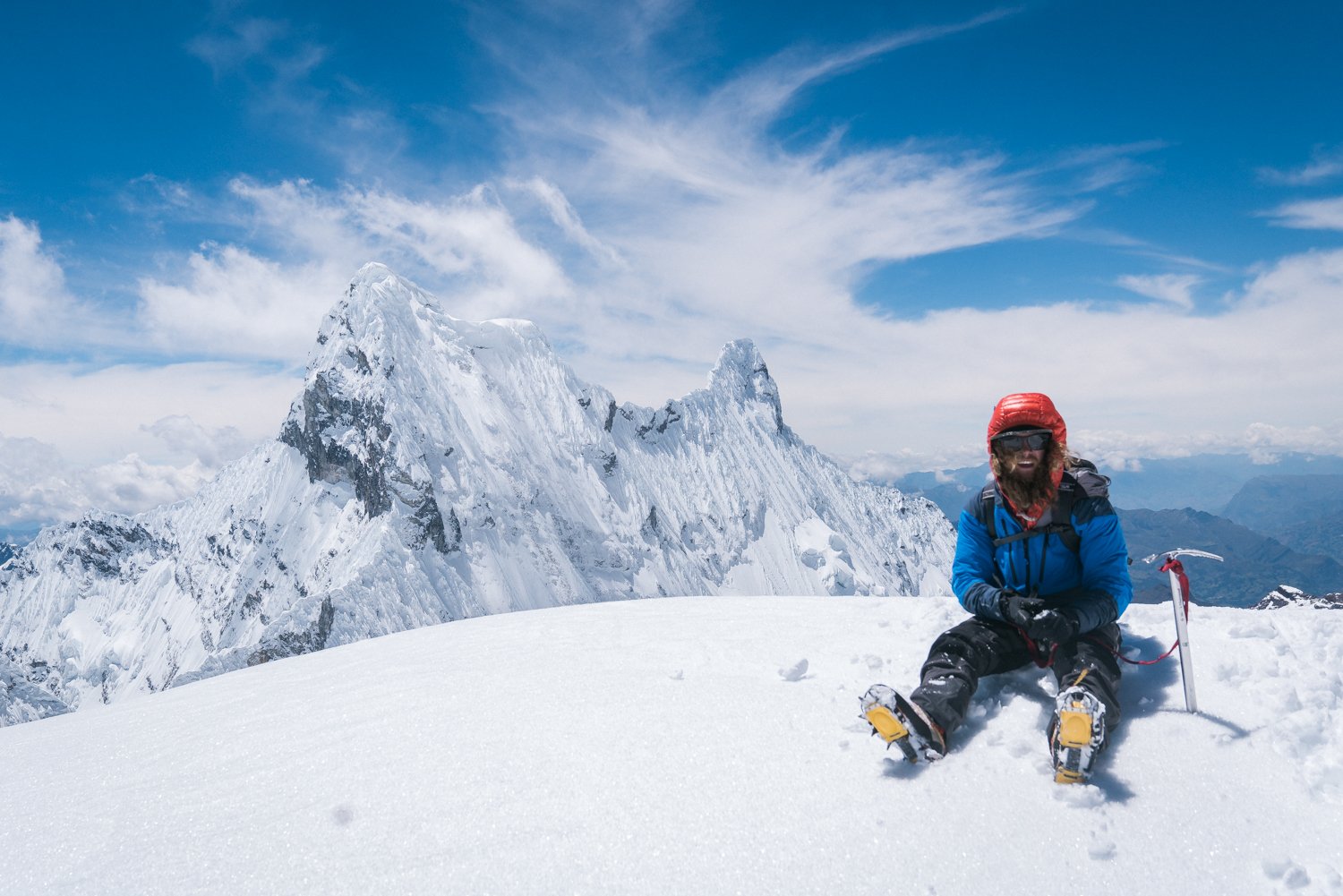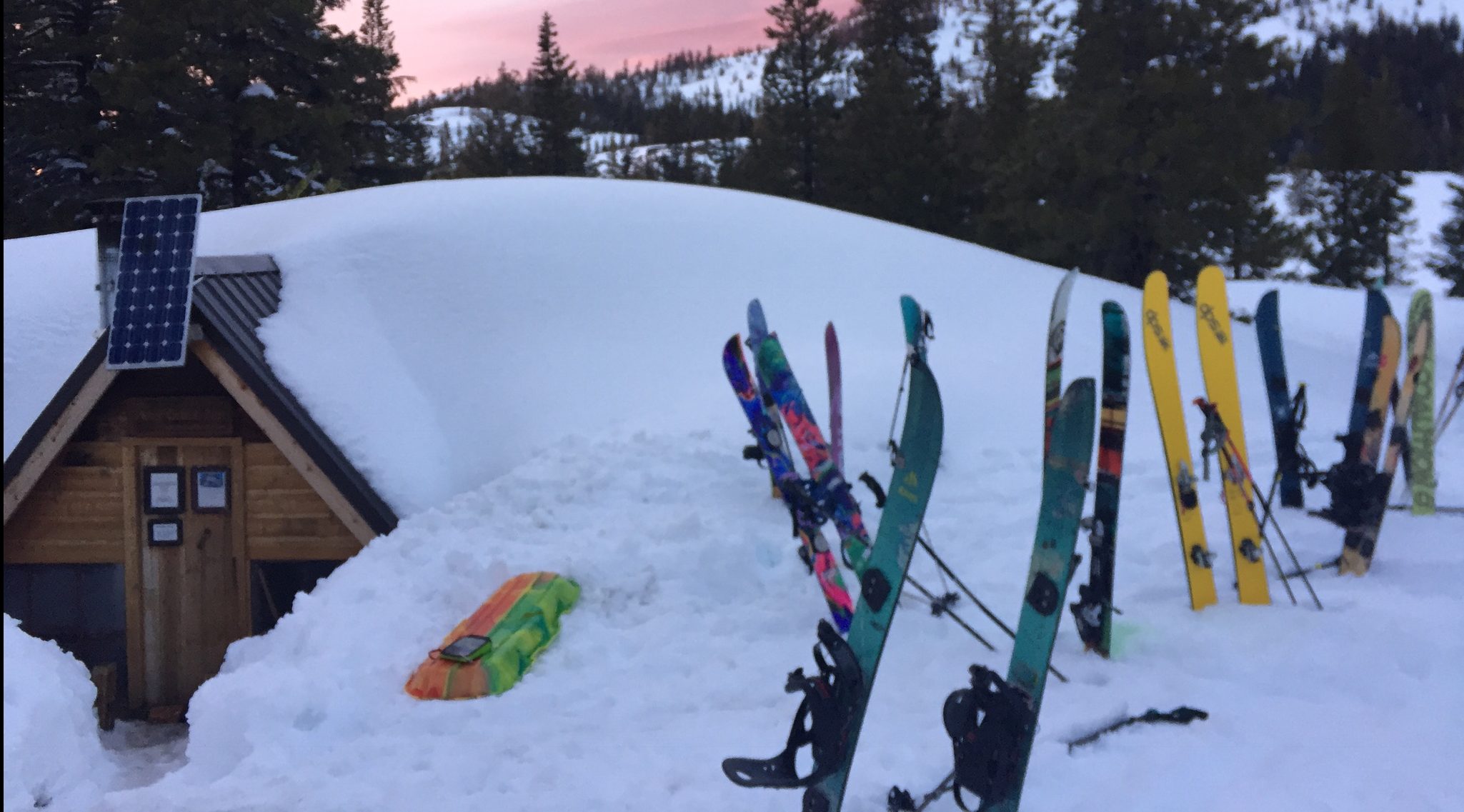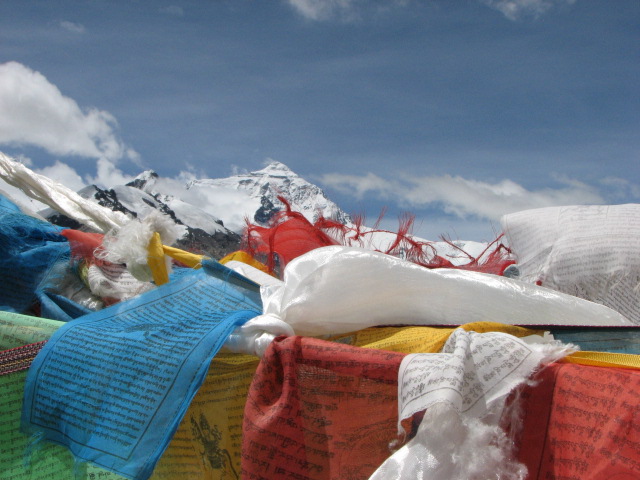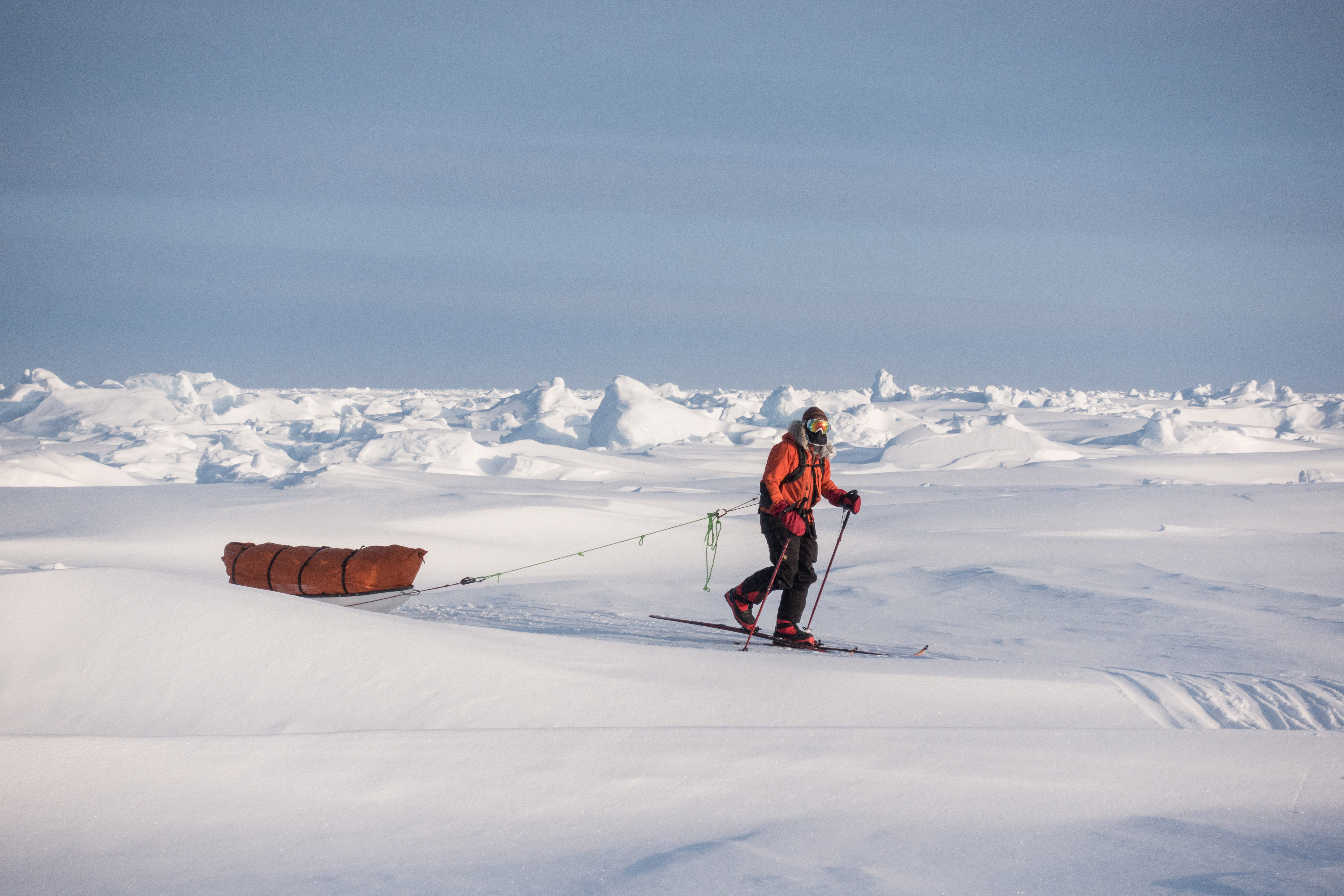I haven’t always been a mountaineer – heck, I was hardly even more than a casual trekker up until 7 or 8 years ago. One fateful trip to the Wind River Range stoked my fire for wild places and big adventures and I’ve become hopelessly devoted to refining (and re-refining again and again) my gear and strategies to optimize success in the mountains.
Every single trip – be it big or small – should be viewed by any type of adventurer as a learning experience; a chance to observe what worked and what didn’t work, and then an opportunity to improve.
My hope is that by sharing the lessons I’ve learned the hard way – from the wrong boot selection in the Alps to poor altitude preparation in the Andes – I can save somebody else from making the same mistakes.
While many of these strategies are written from a high-altitude mountaineering lens, the rules can be applied to virtually any trip which involves moving from frontcountry to backcountry.

1. Get the right gear – no skimping.
Back when I was a poor college student, I remember grabbing a girlfriend for a last minute weekend trip and trying to make do with yoga mats and blankets at our camp. Yes, that actually happened – and no, it was not pleasant. Needless to say, I am especially appreciative and keenly aware of how much less I worry about my cold limbs and aching back now that I have geared up with the right equipment.
Hey, venturing into the backcountry can be expensive. Gear, especially for a pursuit like mountaineering, is an investment. I get it. I know all-too-well how easy it is to say “Can I get away with something I already have? Do I *really* need that particular item on the packing list?”
Spoiler alert: you do. It’s on the list for a reason. Fight the temptation to get the cheapest gear you can find, just for the sake of saving a few bucks. Skip a few trips to the coffee shop or brewery, and put that money towards the basics. It’ll be well worth it and you’ll get so much mileage (literally) out of quality gear purchases.
There are also some great used gear shops out there or places where you can rent solid, sturdy equipment without having to drop a small fortune. Heck, you’ll even be contributing to the circular economy by finding gear this way. Sometimes a lightly loved previously owned piece can become your best item of equipment.
Now that I’ve officially started “adulting” when it comes to gear, I have my original ZLite on hand at all times as well as my NeoAir XTherm Max. Fast & light, sturdy, & dependable. Game changers.
Check out Greater Than the Sum and 8 Dirtbag Hacks for some performance-minded alternative options as well. Most importantly, find a system that works best for you.

2. Embrace humility, Leverage the pros.
When I was backpacking the Huayhuash in Peru, virtually our entire group came down with a horrible case of the flu. We realized we were going to have to cut our trek short but didn’t have a clue how to get off of the very remote circuit we were on. At this point, we were days away from civilization. Without our local guide, we would’ve never known that to prematurely get ourselves off the trek, we needed to rent a donkey, walk 10 km west, and then hitch a ride back to town from the only man with a car in Tupac, Peru (can’t make this stuff up, folks). Having a guide who could come up with a contingency plan saved us all in more ways than one.
Talk with local rangers. Ask about conditions. Hire a guide service. Guide services always have local contacts/providers who feed them beta and intimate knowledge of a climb – the kind of info that you won’t get on your own by just winging it. These folks have spent virtually their entire lives learning how to manage risk – a skill that can’t be taught on the fly and makes a difference in critical moments. You will always be far better off (and likely to be more successful) having help from those who are experienced and can anticipate and plan for potential pitfalls.
If you’re into high altitude peak-bagging, check out Climbing the Seven Summits – they’ve been instrumental in helping me navigate many of my big mountain goals, and are my go-to mountain guide service.
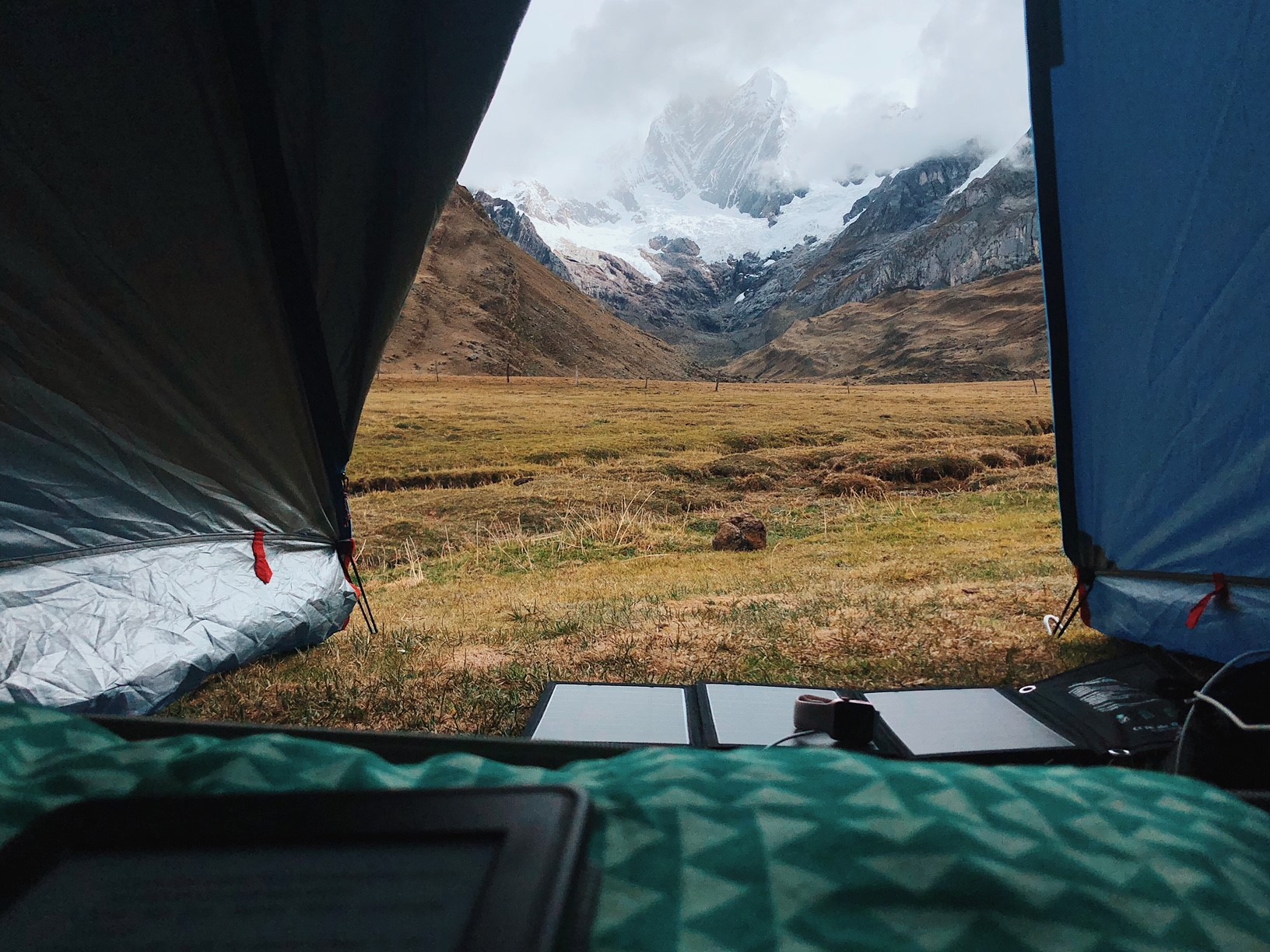
3. Embrace and optimize downtime.
Accepting downtime and rest days can be one of the biggest challenges of climbing, especially when your final objective is in plain sight. If you’re anything like me, you just want to GO. But a smart mountaineer knows that patience is a virtue. Downtime is an invaluable time to prepare for the next push.
After recently climbing Orizaba (5,636m) in Mexico, I can most certainly attribute our successful summit to the use of acclimatization nights at the local hut and gear drops at a high camp. I tend to spend downtime reviewing routes, double and triple checking my non-negotiable summit day gear (headlamp batteries, crampons, & glacier glasses), and discussing any worst case scenario contingency plans with the team – and this expedition was no different.
Though my team on Orizaba were all anxious to climb, taking our time allowed us to spend another night in a warm hut, cook something nutritious and delicious, and give our bodies an opportunity to do their thing and adjust to the altitude. The ultimate result was a much more well-rested team for summit day.

4. Adapt your gear for the conditions.
Sometimes, it’s necessary to set up a high camp on the mountain, in order to position ourselves as close as possible to have the best chance at summiting. What that means, however, is that your high camp is likely to be much more heavily exposed to the elements.
The sleeping bag or pad you used in the warm hut probably isn’t going to cut it when it’s 10 degrees outside and your camp is being whipped by wind all night, so it’s important to plan accordingly.
When in doubt, bring the warmer bag according to the EN/ISO standard and the pad with the highest R-value. Don’t miss a summit opportunity because you didn’t bring the right gear. You know what they say, “failing to plan is planning to fail”.

5. Test and re-test your gear.
The last thing you want on your climb or summit day is to be messing around with uncomfortable gear. Does your jacket ride up under your backpack? Adjust the backpack or get a new jacket. Do your gloves cut off your circulation? Find new liners, or better yet, new gloves. Does your Buff keep falling off of your face? Buy a thicker, heavier duty one that won’t. Eliminate all of the things that might cause you discomfort so you can eliminate distractions and simply focus on the climb itself.
During an expedition is not the right time to try out new equipment or carry loads of “nice-to-have” gear. We all know that gal who packs 14 pairs of underwear and a different pair of heels for each outfit for a 3-day weekend. Try not to be that person.
Don’t forget that good nutrition is one of your most important pieces of gear. Control your environment and eliminate factors that could lead to gear or digestive issues getting in the way of success. Bring only the stuff you know you like and that works well for your body: sturdy equipment, snacks that have never failed to appease your appetite even in extreme conditions, and your warmest/comfiest pair of socks. Easy peasy.
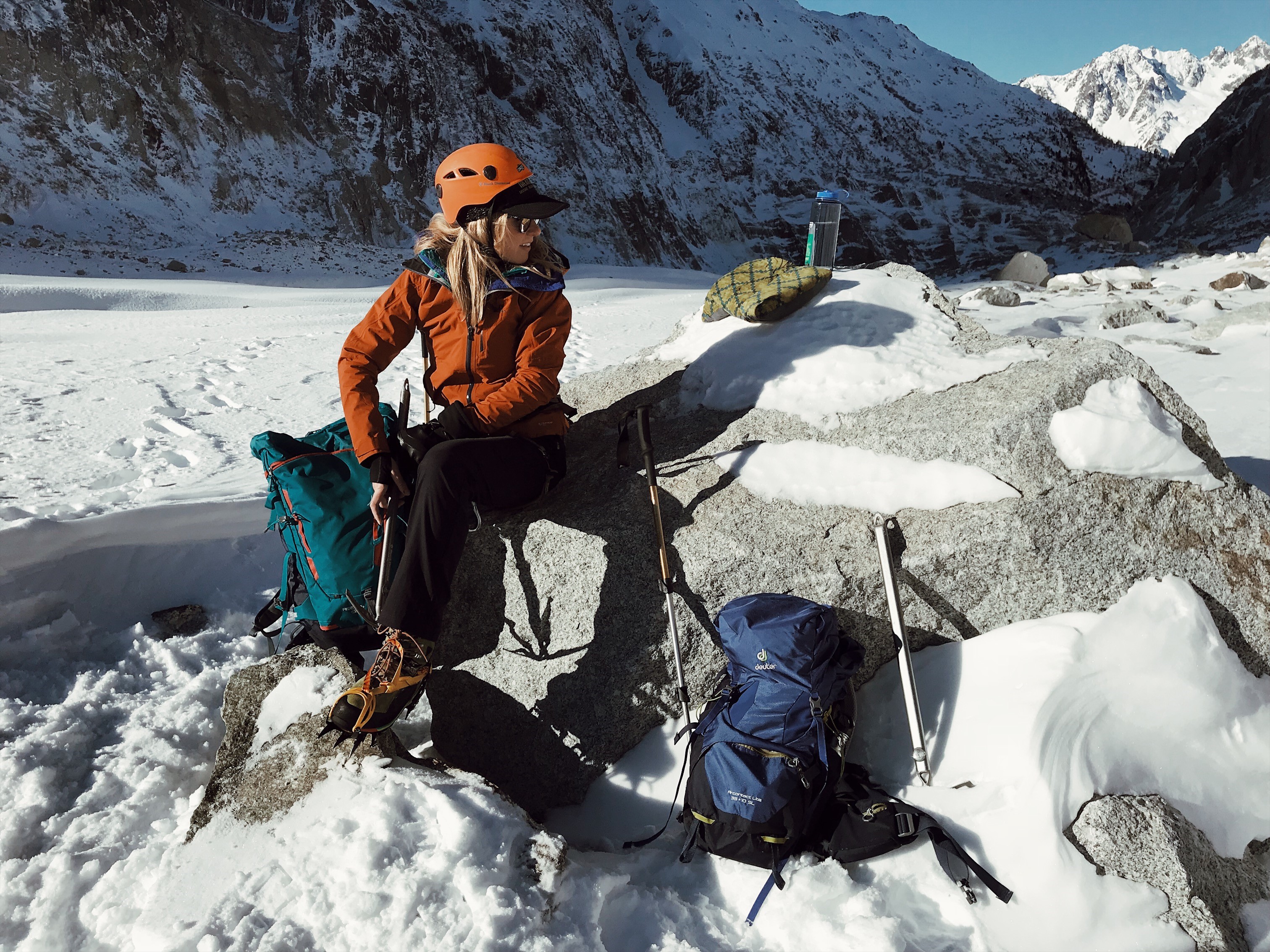
6. Define and heed your personal style.
Although it’s usually done in a group, mountaineering is highly personal. Case in point: the boots that virtually everyone swears by were the exact same ones that almost prevented me from climbing Mont Blanc last summer when they gave me nearly summit-bid-ending blisters.
Despite what works for everyone else, only YOU know what works for you. Figure out your own personal style. Sweat the details. What gear is a non-negotiable? What risks are you willing to take? What thresholds do you know you can break through? How will you handle a struggling teammate? Know yourself and you’ll be able to dig into that reserve when things get sticky.
7. Dress to feel good.
When my Italian guide on Mont Blanc said “fashion is very important”, I know he wasn’t only referring to his neon multi-colored socks.
Approach your climb with style. Treat your technique and your gear like a work of art. Climb in a way that makes your body feel natural and at ease. Take pride in how you arrange your pack. Organize your things such that they’re accessible, and not just slung on carabiners haphazardly. Take the extra minute to adjust straps to a place where it feels comfortable. Find your rhythm. This is supposed to be fun, remember?
Last but not least, let’s be honest: no one wants to feel like a train wreck on the summit. Put on your favorite jacket, take a deep breath of that crisp backcountry air, and don’t forget to smile like you’re having the time of your gosh darn life – because if you’re standing on your summit, you probably are!
